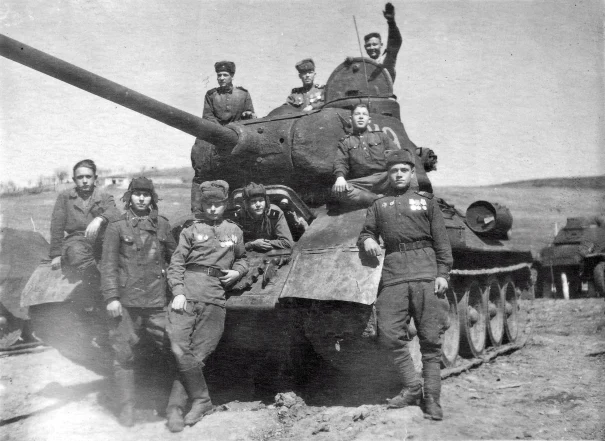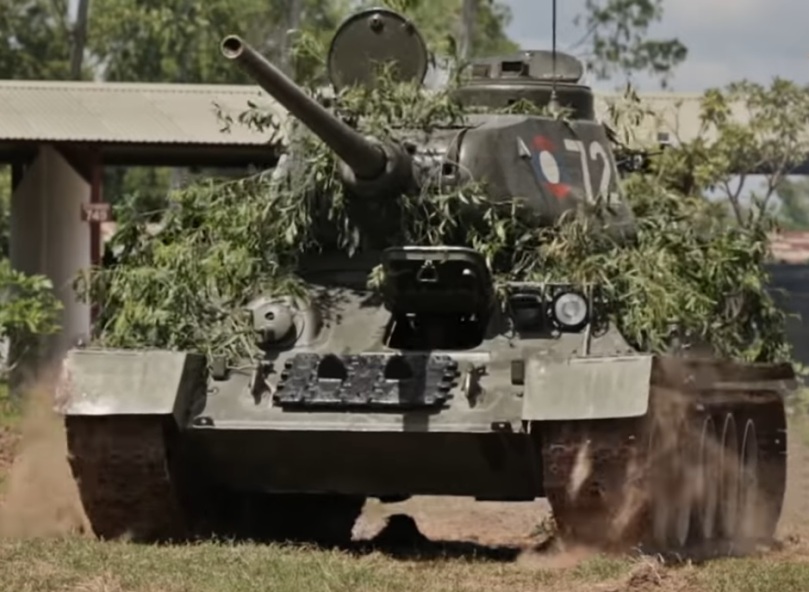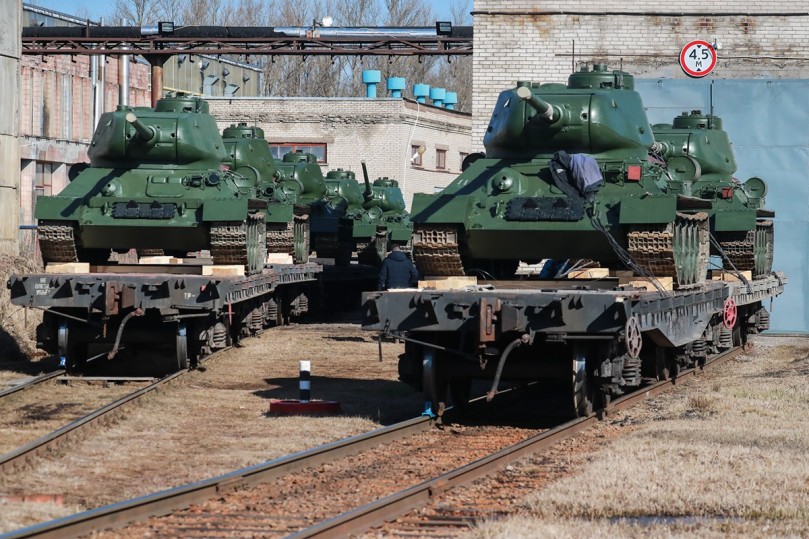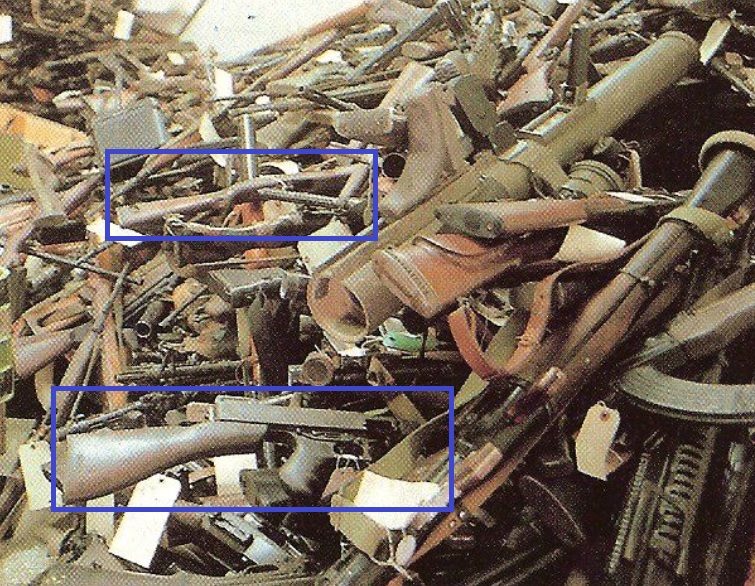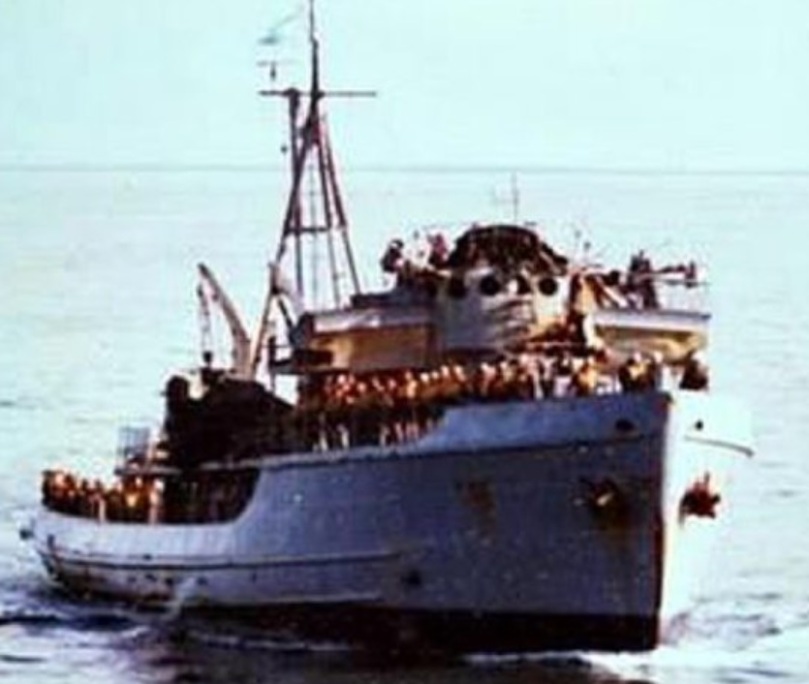Some years ago I wrote on ARM Netzahualcoyotl, the last WWII Gearing class in service worldwide. Mexico also was the very last user of the WWII Fletcher class, however unlike Mexico’s FRAM-modernized Gearing, in 2001 ARM Cuitláhuac remained “frozen in time” to a WWII technology level.
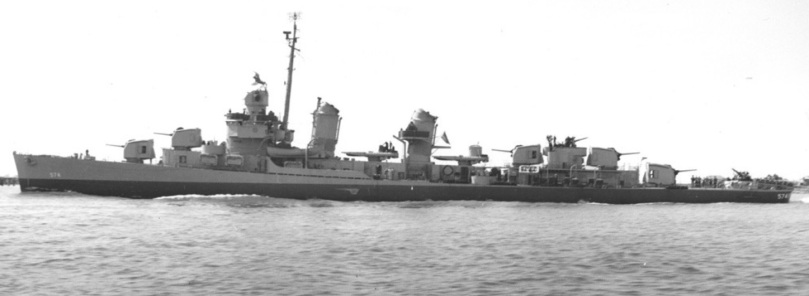
(USS John Rodgers (DD-574) during WWII.)
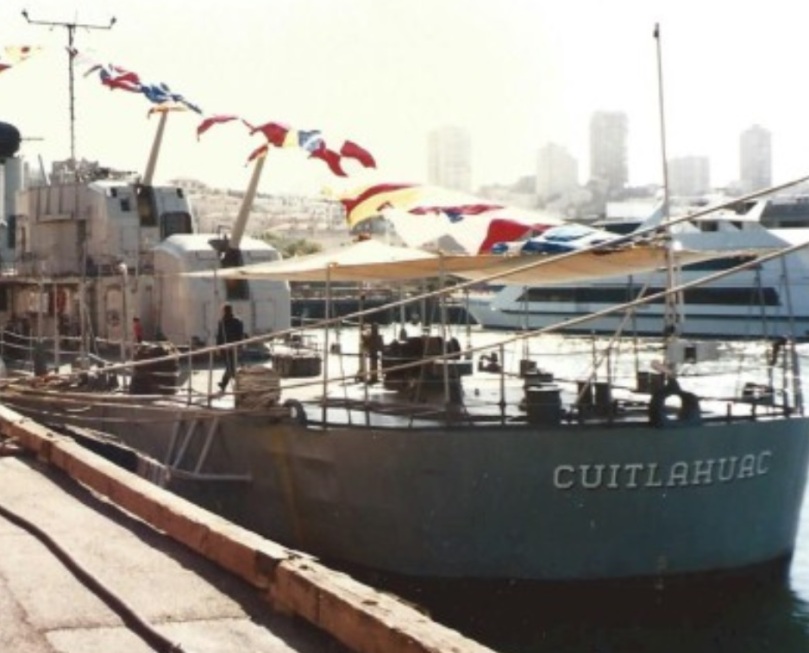
(ARM Cuitláhuac, the former USS John Rodgers, in 2000. It was the last Fletcher still in service anywhere in the world.)

